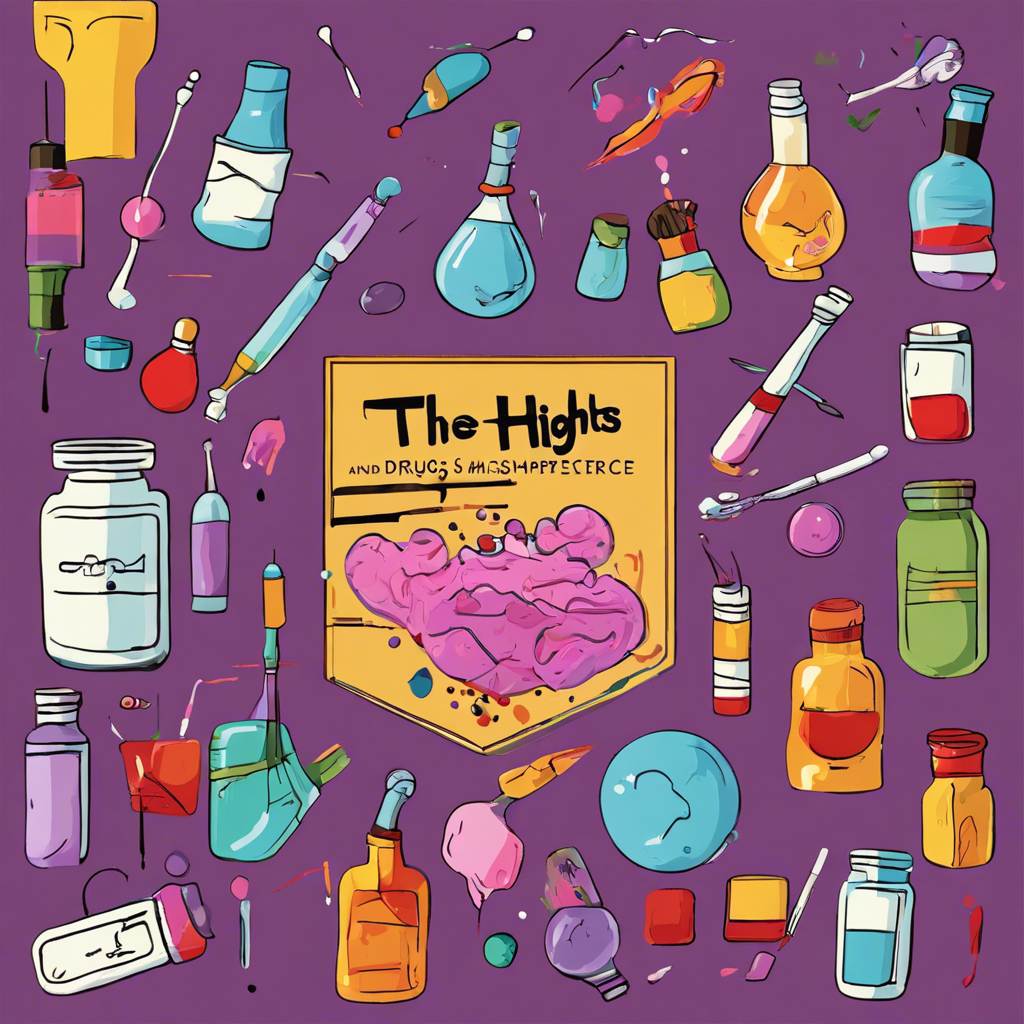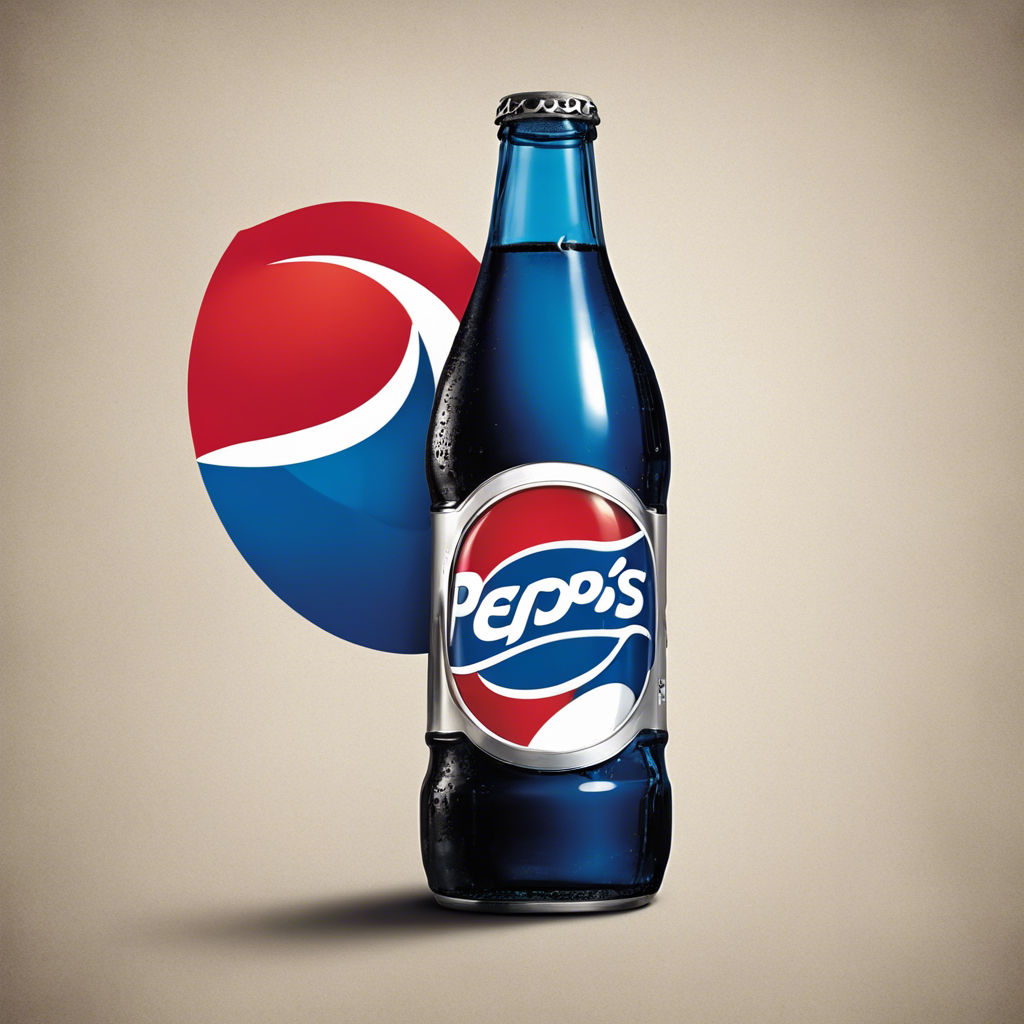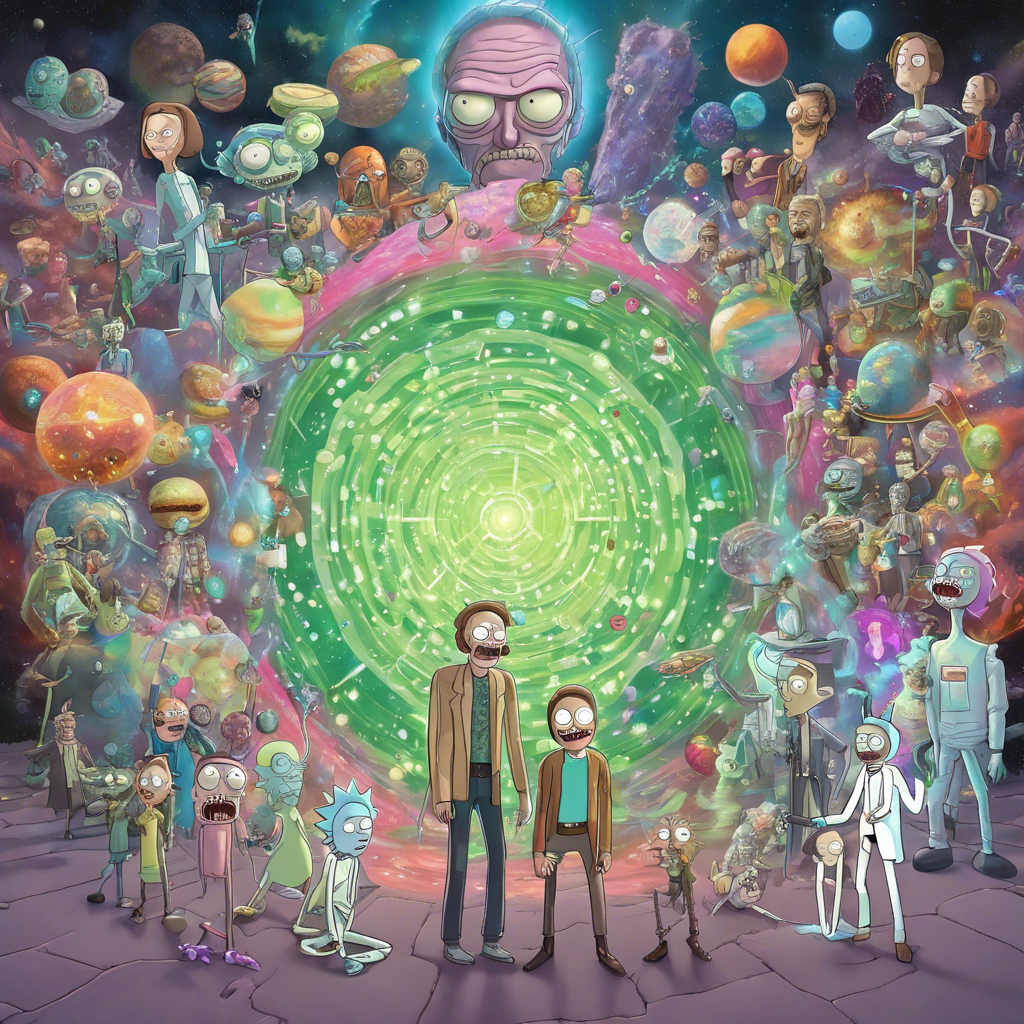The Highs and Lows of Art: How Drugs Shaped Masterpieces

Exploring the influence of drugs on iconic works of music, literature, and film
Throughout history, the relationship between drugs and creativity has been a topic of fascination and debate. From the Beatles to Hunter S. Thompson, countless artists have turned to substances to unlock their creative potential or cope with the pressures of their craft. In this article, we delve into the world of art and examine how drugs have shaped some of the most revered masterpieces in music, literature, and film. While the use of drugs may be controversial, there is no denying their impact on the creative process and the lasting legacy they have left behind.
The Fucked-Up Four
When it comes to music, few bands have had a greater impact than the Beatles. Their groundbreaking album, “Sgt. Pepper’s Lonely Hearts Club Band,” is often hailed as the greatest album of all time. During its recording, the Fab Four were heavily influenced by drugs, including weed, LSD, and cocaine. This experimentation with substances extended beyond the recording studio, with John Lennon later becoming addicted to heroin. The Beatles’ journey into the world of drugs undoubtedly played a role in shaping their musical genius.
Weed’s Going On
Marvin Gaye’s “What’s Going On” is a soulful masterpiece that tackles social issues of the time. It is widely regarded as one of the greatest albums ever made. Interestingly, this album was created in an environment filled with marijuana smoke. Everyone involved in the recording process was chain-smoking, creating an atmosphere that was almost opaque with the haze of weed. The influence of marijuana on the creative process resulted in a musically rich and socially conscious album.
The Drunkest Movie Ever Made
Some films capture the essence of intoxication so well that they become legendary in their portrayal. “Withnail & I” is one such movie. Described by renowned film critic Roger Ebert as a film that conveys the experience of being drunk to perfection, it immerses the audience in the chaos and absurdity of excessive alcohol consumption. The actors themselves embraced the role, adding to the authenticity by indulging in copious amounts of alcohol during production.
What a Trip, What a Trip
The making of “Easy Rider” was a wild ride in more ways than one. Dennis Hopper and Peter Fonda, both known for their drug use, were so desperate for cocaine during production that they allegedly snorted an executive’s dead wife’s ashes. This level of drug-fueled madness is a testament to the counterculture spirit of the film, which explores the freedom and rebellion of the 1960s.
On the Road, and the Booze, and the Pills
Jack Kerouac’s “On the Road” is a literary classic that captures the essence of the Beat Generation. Written in just three weeks, this novel was fueled by a potent mix of cigarettes, coffee, booze, and benzedrine. Kerouac’s fast-paced, stream-of-consciousness style was undoubtedly influenced by these substances. Amidst the chaos, there was one innocent ingredient in the mix – pea soup, providing a glimpse of normalcy amidst the drug-induced frenzy.
What Happens in Vegas… Is Immortalized in Print
Hunter S. Thompson’s “Fear and Loathing in Las Vegas” is a wild ride through the drug-infused underbelly of American society. Thompson famously detailed the extensive list of drugs he consumed while writing the novel, including grass and mescaline. The book’s chaotic narrative and vivid descriptions are a direct result of Thompson’s drug-induced experiences, making it a cult classic that continues to resonate with readers.
Ah Well, Whatever, Never Mind
Kurt Cobain, the frontman of Nirvana, was a troubled soul plagued by addiction. Despite his personal struggles, he managed to create the iconic album “Nevermind.” Cobain’s heroin addiction and daily vomiting did not hinder his ability to produce one of the most influential albums of the 1990s. The raw emotion and introspection captured in the music are a testament to Cobain’s talent and the complex relationship between creativity and substance abuse.
A Rolling Stone Gathers No Moss… Just Heroin
During the recording sessions for the Rolling Stones’ “Exile on Main St.,” guitarist Keith Richards was found passed out with a needle in his arm. Despite the heroin use and other substances consumed during the making of the album, the band managed to create a masterpiece that continues to be revered by music lovers worldwide. Richards’ ability to seamlessly continue playing after being poked is a testament to the blurred lines between art and addiction.
Art with Heart
The late Jean-Michel Basquiat, an influential artist of the 1980s, produced a prolific body of work while battling drug addiction. His excessive cocaine use eroded a hole in his septum, and it was an accidental heroin overdose that tragically ended his life. Basquiat’s art, often characterized by its boldness and raw emotion, serves as a lasting testament to the struggles and creativity that can emerge from a life marked by addiction.
The Library of Chronic
Dr. Dre’s album “The Chronic” is not only a landmark in hip-hop but also a cultural phenomenon. Its inclusion in the Library of Congress, a prestigious institution dedicated to preserving cultural heritage, is a testament to its impact. While there are albums that may be considered even more drug-infused, “The Chronic” stands out for its exploration of violence and its association with marijuana culture.
Punks on Junk
Penelope Spheeris’ documentary “The Decline of Western Civilization” holds a perfect 100 percent score on Rotten Tomatoes, a rare achievement. The film captures the punk rock scene of the late 1970s and early 1980s, showcasing the raw energy and rebellious spirit of the era. The artists featured in the documentary, including the ill-fated Darby Crash, were often under the influence of drugs, highlighting the intertwining of punk culture and substance abuse.
Did Somebody Do a Line Off a Duck?
“Caddyshack,” a comedy classic, may not have a perfect Tomatometer score, but it is widely regarded as one of the funniest films ever made. The behind-the-scenes stories reveal a rampant use of cocaine during production. Chevy Chase, one of the film’s stars, indulged in copious amounts of the drug, while Rodney Dangerfield reportedly did two lines of cocaine during his audition. The film’s irreverent humor and offbeat characters are a testament to the wild energy that drugs can bring to the creative process.
The Greatly Inebriated Gatsby
F. Scott Fitzgerald, the author of “The Great Gatsby,” was no stranger to alcohol. Throughout his life, he battled alcoholism, which ultimately led to his untimely death at the age of 44. Fitzgerald’s own struggles with alcohol may have influenced the portrayal of excess and decadence in his most famous work. Reading “The Great Gatsby” while intoxicated offers a unique perspective into the mind of an author who lived his words.
Booze for Breakfast, Drugs in the Blood
Truman Capote, the acclaimed author of “Breakfast at Tiffany’s” and “In Cold Blood,” was known for his excessive drinking and drug use. Despite his self-destructive tendencies, Capote produced two literary masterpieces that continue to captivate readers. His declaration of being an alcoholic, drug addict, and genius encapsulates the complex relationship between self-destructive behavior and creative brilliance.
Conclusion:
The intertwining of drugs and art is a complex and controversial topic. While the use of substances may have fueled the creative process for many artists, it is essential to acknowledge the destructive consequences that often accompany addiction. The masterpieces created under the influence of drugs have left an indelible mark on the cultural landscape, but they also serve as a reminder of the fragility of human existence. Ultimately, it is up to society to navigate the fine line between celebrating artistic brilliance and addressing the underlying issues that contribute to substance abuse.









